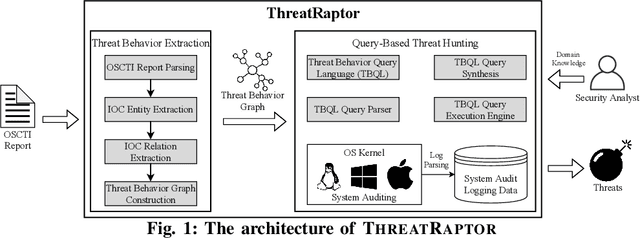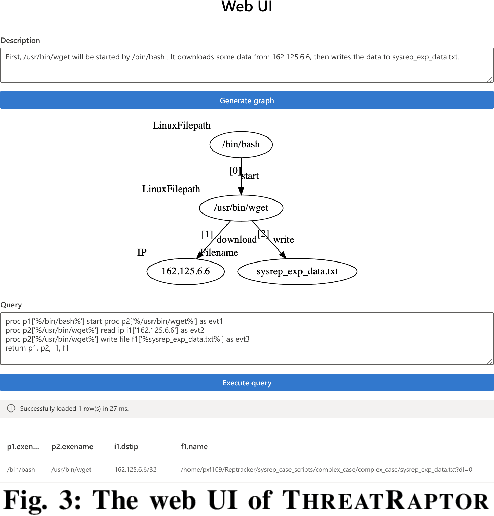Haoyuan Liu
Time Step Generating: A Universal Synthesized Deepfake Image Detector
Nov 20, 2024Abstract:Currently, high-fidelity text-to-image models are developed in an accelerating pace. Among them, Diffusion Models have led to a remarkable improvement in the quality of image generation, making it vary challenging to distinguish between real and synthesized images. It simultaneously raises serious concerns regarding privacy and security. Some methods are proposed to distinguish the diffusion model generated images through reconstructing. However, the inversion and denoising processes are time-consuming and heavily reliant on the pre-trained generative model. Consequently, if the pre-trained generative model meet the problem of out-of-domain, the detection performance declines. To address this issue, we propose a universal synthetic image detector Time Step Generating (TSG), which does not rely on pre-trained models' reconstructing ability, specific datasets, or sampling algorithms. Our method utilizes a pre-trained diffusion model's network as a feature extractor to capture fine-grained details, focusing on the subtle differences between real and synthetic images. By controlling the time step t of the network input, we can effectively extract these distinguishing detail features. Then, those features can be passed through a classifier (i.e. Resnet), which efficiently detects whether an image is synthetic or real. We test the proposed TSG on the large-scale GenImage benchmark and it achieves significant improvements in both accuracy and generalizability.
Zebra: Deeply Integrating System-Level Provenance Search and Tracking for Efficient Attack Investigation
Nov 10, 2022Abstract:System auditing has emerged as a key approach for monitoring system call events and investigating sophisticated attacks. Based on the collected audit logs, research has proposed to search for attack patterns or track the causal dependencies of system events to reveal the attack sequence. However, existing approaches either cannot reveal long-range attack sequences or suffer from the dependency explosion problem due to a lack of focus on attack-relevant parts, and thus are insufficient for investigating complex attacks. To bridge the gap, we propose Zebra, a system that synergistically integrates attack pattern search and causal dependency tracking for efficient attack investigation. With Zebra, security analysts can alternate between search and tracking to reveal the entire attack sequence in a progressive, user-guided manner, while mitigating the dependency explosion problem by prioritizing the attack-relevant parts. To enable this, Zebra provides (1) an expressive and concise domain-specific language, Tstl, for performing various types of search and tracking analyses, and (2) an optimized language execution engine for efficient execution over a big amount of auditing data. Evaluations on a broad set of attack cases demonstrate the effectiveness of Zebra in facilitating a timely attack investigation.
A System for Efficiently Hunting for Cyber Threats in Computer Systems Using Threat Intelligence
Jan 17, 2021


Abstract:Log-based cyber threat hunting has emerged as an important solution to counter sophisticated cyber attacks. However, existing approaches require non-trivial efforts of manual query construction and have overlooked the rich external knowledge about threat behaviors provided by open-source Cyber Threat Intelligence (OSCTI). To bridge the gap, we build ThreatRaptor, a system that facilitates cyber threat hunting in computer systems using OSCTI. Built upon mature system auditing frameworks, ThreatRaptor provides (1) an unsupervised, light-weight, and accurate NLP pipeline that extracts structured threat behaviors from unstructured OSCTI text, (2) a concise and expressive domain-specific query language, TBQL, to hunt for malicious system activities, (3) a query synthesis mechanism that automatically synthesizes a TBQL query from the extracted threat behaviors, and (4) an efficient query execution engine to search the big system audit logging data.
 Add to Chrome
Add to Chrome Add to Firefox
Add to Firefox Add to Edge
Add to Edge